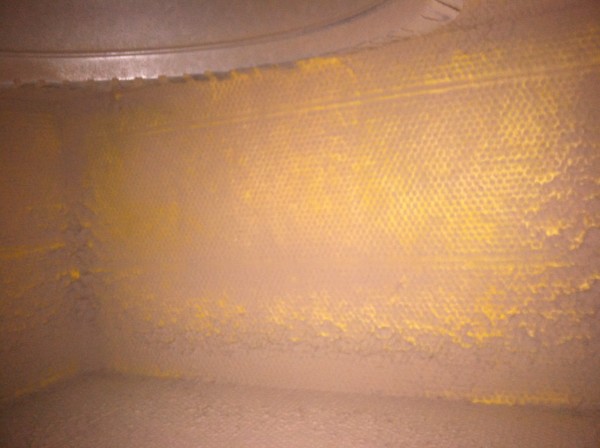A crawl space is an area beneath the home, usually with a dirt floor, where the foundation and floor joists are exposed. Crawl spaces are important to monitor, because if your home has a crawl space you could assume that it bears the load of the whole house. Water vapor is consistently released from the ground, foundation walls, and piers in the crawl space. This water vapor has to be removed to prevent prolonged exposure of the wooden structure of the home to moisture.
The key word here is moisture. Here are some signs of moisture in crawl spaces:
- Musty Odors
- Falling Insulation
- Mold growth in crawl spaces or indoors.
- Humidity Indoors
- Buckled or Cupping flooring
Obviously, moisture is the enemy of the crawl space just as it is the rest of the home. Moisture causes mold growth. Mold growth damages wood, as does moisture. Mold also can result in health problems when it interacts with the air indoors.
Homes with vented crawl spaces or basements must provide the function of:
- Preventing water intrusion from outdoors (I.E. gutters, proper grading, drainage or french drains)
- Alleviating water vapor entry from the ground with a complete vapor barrier
- Removing water vapor and humidity with ample ventilation
- Preventing crawlspace air intrusion into the home at plumbing and electrical penetrations through the floors, and at duct work
To Vent or not to Vent? That is the question…
Simple Answer: If you have implemented the three steps above, yet mold and other moisture related issues are present than an encapsulation is indeed a necessity.
Very honest answer: Testing by USDOE and Advance Energy showed that even with a very good vapor barrier crawl spaces tend to stay at 70% humidity or above in the Summer, which is plenty of moisture for mold growth. These studies suggest all crawlspaces should be sealed and conditioned to prevent mold growth and other moisture related issues.
Scientific Answer: Humidity is “relative” to temperature. When hot humid air enters the cool crawl space it causes humidity levels to rise. This defeats the purpose of ventilation as moisture is brought into the crawl space through vents instead of being removed.
A crawl space encapsulation, otherwise known as a sealed crawl space is a better alternative to vented crawl space which provides the following functions:
- Provide a method of removal of water intrusion via sump pump, or drain to outdoors
- Prevent water vapor entry with a sealed liner (sealing methods can vary in quality and are pertinent to the life of the system)
- Condition and monitor the sealed crawlspace via ducted dehumidifier and indoor humidity meter.
- Annual inspections and maintenance of dehumidifier system.



